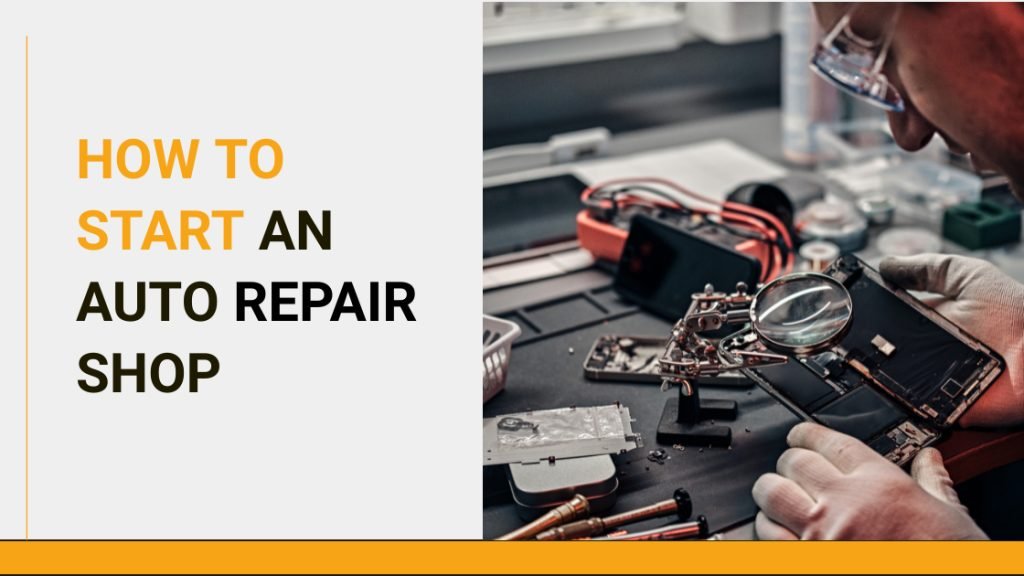As an auto repair shop owner or technician, ensuring the smooth operation and safety of your customers’ vehicles is a top priority.
And when it comes to wheel balancing, using the right wheel assembly equipment is crucial. A tire balancer can help you eliminate vibrations and ensure even weight distribution across the wheels, resulting in a smoother ride and extended tire life.
But with different types of wheel balancer machines available in the market, how do you choose the right one for your specific needs? In this comprehensive buyer’s guide, we’ll explore three popular types of wheel balancers: static, dynamic, and bubble, along with their pros and cons.
We’ll delve into their functionality, accuracy, ease of use, and cost-effectiveness to help you make an informed decision. So, grab a cup of coffee, sit back, and let’s dive into the world of wheel balancers to find the perfect fit for your auto repair shop!
What Wheel Balancer Is The Right Fit For You?
As an auto shop owner, understanding your shop’s equipment needs is very important, especially wheel balancers.
Each type offers its own set of advantages and disadvantages, so it’s essential to consider factors such as the volume of wheel balancing tasks in your shop, your budget, and the level of accuracy required for your customers’ satisfaction.
So, without further ado, let’s dive into the fascinating world of wheel balancers!
1. Static Wheel Balancer
A static wheel balancer, also known as a bubble balancer or bubble wheel balancer, is a basic and affordable option for shops with a lower volume of wheel balancing tasks.
It consists of a simple spindle and cone setup.
Here’s how it works: you mount the tire wear wheel onto the balancer, and the bubble balancer determines the imbalance by measuring the position of the bubble in a liquid-filled vial.
Pros:
- Bubble wheel balancers are usually the most affordable option, making them ideal for small repair shops or hobbyists on a budget.
- They are easy to set up and operate, requiring minimal training or technical expertise.
- Due to their simple design, bubble wheel balancers are lightweight and portable, allowing you to move these tire machines around your shop effortlessly.
Cons:
- Bubble balancers have lower precision compared to other types. They can only detect lateral imbalances and not radial ones, potentially leading to suboptimal results in balanced wheels.
- Balancing wheels with a static balancer often requires multiple trial-and-error attempts, which can be time-consuming, especially during peak hours.
2. Dynamic Wheel Balancer
Dynamic wheel balancers are the industry standard compact wheel balancer for professional auto repair shops.
They employ advanced technology to provide highly accurate and efficient wheel balancing.
These machines use sensors to measure both lateral and radial imbalances and recommend precise adjustments.
Pros:
- Dynamic balancers offer superior precision, detecting both lateral and radial imbalances, ensuring a smoother ride and improved tire life for road vehicles.
- These machines provide real-time measurements and recommend precise adjustments, reducing the time required for wheel balancing.
- Dynamic wheel balancers can handle a wide range of wheel sizes (truck fleets) and weights, accommodating various vehicle types and wheel designs.
Cons:
- Compared to static balancers, dynamic wheel balancers are more expensive. However, considering their accuracy and efficiency, they are a worthwhile investment for busy auto repair shops.
- Operating a dynamic balancer may require some training and familiarity with the machine’s features. Technicians need to understand the software and the interpretation of the measurement results for a better performance ratio.
3. Bubble Wheel Balancer
Bubble wheel balancers are a budget-friendly option, but they are less accurate compared to wheel weight placement balancers.
They work best for occasional wheel balancing tasks, rather than high-volume shops with demanding requirements. It typically consists of a spindle and cone arrangement, where the wheel is mounted onto the balancer.
Once the wheel is mounted, the balancer relies on a liquid-filled vial with a bubble inside. The technician spins the wheel manually and observes the position of the bubble.
The position of the bubble indicates the imbalance, allowing the technician to determine the corrective measures needed. By adding weights to the rim, the imbalance can be minimized or eliminated.
Pros:
- One of the most significant advantages of a bubble wheel balancer is its affordable price. These balancers are generally a part of the affordable models, making them a suitable choice for those on a tight budget or with low-volume balancing needs.
- Bubble balancers are easy to set up and operate. They do not require complex calibration or advanced technical knowledge, making them accessible to beginners or individuals with limited experience in wheel balancing.
- Bubble wheel balancers tend to have a compact design, making them ideal for shops with limited space. They can be easily stored or transported when needed.
Cons:
- Unlike dynamic balancers, bubble wheel balancers rely on manual intervention and visual observation to determine the imbalance. This manual process can be time-consuming and may require more effort and skill to achieve accurate results consistently.
- With the increasing popularity of alloy wheels and unique rim styles, bubble wheel balancers may not provide the necessary adaptability to accommodate these modern wheel designs. Their limited features and compatibility may restrict your ability to balance a wide range of wheel sizes and configurations.
Conclusion
Choosing the right tire balancer, like choosing the best tire changer, for your auto repair shop is a critical decision that can significantly impact the quality of your services and the satisfaction of your customers.
Consider factors such as the volume of wheel balancing tasks, the level of precision required, the space available in your shop, and your budget. Investing in a quality dynamic wheel balancer can enhance your shop’s reputation, improve customer satisfaction, and save you time and effort in the long run.
With the right equipment in place, you’ll be well-equipped to provide top-notch wheel balancing services and keep your customers coming back for all their automotive needs. Happy balancing!




